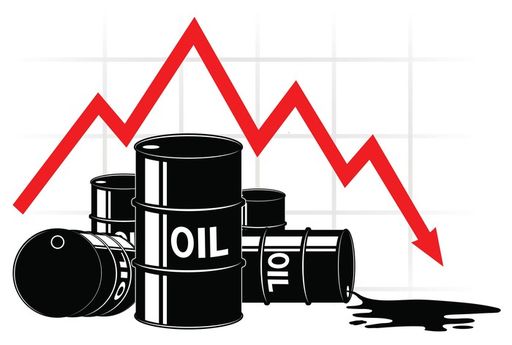Oil declined as indicators pointed to a softer market despite heightened geopolitical tensions ahead of an OPEC+ meeting on supply, Bloomberg reported.
Brent’s immediate spread contracted to its narrowest backwardation since January, while investment managers continued to trim their bets on price increases. Futures remained within a tight range, with implied volatility hovering close to its lowest levels since 2019.
The global benchmark edged closer to $83 per barrel, following a 0.3 per cent dip on Monday, while West Texas Intermediate hovered around $79. This occurred despite further Ukrainian drone attacks on Russian refineries and another Houthi strike on a tanker in the Red Sea over the weekend.
Although oil has seen an 8 per cent increase this year due to OPEC+ production cuts, Brent has softened since mid-April. Attention is now turning to an upcoming cartel meeting in early June, where expectations lean towards maintaining current production limits for the second half of the year.
On Monday, the value of swaps linked to physical North Sea shipments turned negative for the first time since February, adding to bearish signals. Additionally, some refiners have scaled back processing rates, citing weak demand for fuels.



